 The present volume examines an underdeveloped component in the theology of Karl Barth. Specifically, the work asks: how, and to what extent, can faith be understood as ontologically proper to the trinitarian becoming of God? The work argues for an ontological grounding of faith in the becoming of God. To do so, Watson performs an in-depth examination of Barth’s understanding of the concept of faith. Using Barth’s threefold movement of revelation, the work contends God can be thought of as the subject (Glaubender), predicate (Glaube), and object (Geglaubte) of faith. Barth’s theological exposition of Jesus as subject and object of election offers a promising proposal for how faith is ontologically understood. At the same time, the argument brings to the fore a crucial component of Barth’s theological program, namely, the concept of recognition (Anerkennung). God’s recognizing faith is then conceived as the condition of the possibility of human faith. Drawing on Barth’s entire oeuvre, Watson offers an understanding of the divine becoming of faith that opens possibilities for thinking systematically about the realization of the corresponding human faith.
The present volume examines an underdeveloped component in the theology of Karl Barth. Specifically, the work asks: how, and to what extent, can faith be understood as ontologically proper to the trinitarian becoming of God? The work argues for an ontological grounding of faith in the becoming of God. To do so, Watson performs an in-depth examination of Barth’s understanding of the concept of faith. Using Barth’s threefold movement of revelation, the work contends God can be thought of as the subject (Glaubender), predicate (Glaube), and object (Geglaubte) of faith. Barth’s theological exposition of Jesus as subject and object of election offers a promising proposal for how faith is ontologically understood. At the same time, the argument brings to the fore a crucial component of Barth’s theological program, namely, the concept of recognition (Anerkennung). God’s recognizing faith is then conceived as the condition of the possibility of human faith. Drawing on Barth’s entire oeuvre, Watson offers an understanding of the divine becoming of faith that opens possibilities for thinking systematically about the realization of the corresponding human faith.
The blurb above notes that this volume examines an underdeveloped component of Barth’s theology. If, like me, you’re a bit surprised to learn that any aspect of Barth’s theology hasn’t already been treated to extensive examination then we are on the same page.
What part of Barth’s theology hasn’t been put under a microscope and thoroughly micro-studied? Apparently ‘Faith’.
In this revised dissertation Watson (whom I constantly refer to in my head as Wason because of Brandon Wason) takes readers through the hinterlands of Barth’s mind where he wrestles with the notion of faith.
In the first chapter he sets the stage by describing his methodology and the historical precedents to Barth’s view of faith. The second chapter is a genuine ‘reception history’ of Barth’s writings, tracking chronologically Barth’s works and the parts therein where Barth deals particularly with the subject of faith. From the 1919 edition of Romans to Gottingen and Munster to his lectures on ‘Instruction in the Christian Faith’ to his pre-Dogmatic works.
The third chapter is the most interesting as Watson ties Barth’s pneumatology to his Christology and thus to faith. Here the bulk of the material is drawn from the CD and its relevant sections.
Chapter four dives headlong into the implications of faith for the doctrine of election. Materials spanning the apex of Barth’s theological career are the source here.
The fifth chapter is something of a summary of the implications of all of this and the keystone is the discussion Watson offers of CD I/1, 6.4, ‘God is πιστις’ and the trinitarian manifestation of that fact.
Chapter six is the conclusion and it includes a nifty little section called ‘Potential Objections’. The chapter nicely draws all the strings together and provides some hints for future investigations of the subject.
The book ends with a few appendices which give readers an overview of Barth’s lectures and theological influences. There’s also a bibliography and a subject index.
Barth’s theology certainly deserves such intense and thorough evaluations as we find here in Watson. There’s nothing wrong with the book. Keep that in mind for what follows.
Karl Barth has, through no fault of his own, become more important than he actually is. He is to modern theologians what Paul is to New Testament writers: overhyped and over discussed.
The effort scholars put into Barth (and Paul) perhaps should be expended on other equally insightful theologians and biblical authors. Paul (and Barth) suck all the air out of the room in too much scholarship. So while books on Paul (and Barth) continue to flow like beer at a frat party, equally deserving subjects of study are being ignored.
I get it. Popular topics make for popular books which sell better than books on obscure persons and theologians. But scholarship isn’t about examining the most popular thing, it’s about the search for truth. And, believe it or not, Barth (and Paul) are not the only ones who have a pretty good grasp on an aspect of truth.
In sum, then, while this book is wonderful, insightful, helpful, and brilliant maybe we should have a moratorium on books about Barth (and Paul) until others also receive the attention they deserve.
Take the microphones away from Barth (and Paul) and put them in front of the guy who has but one tiny mic…








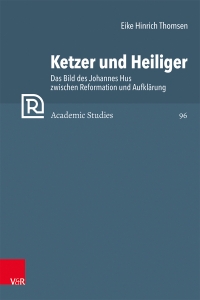

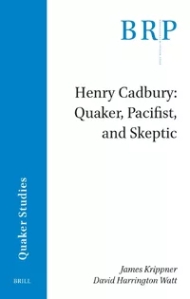



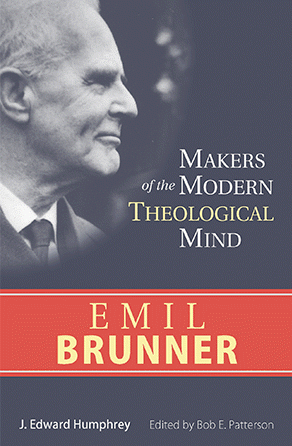 When I was but a lowly undergrad at Carson-Newman College (now University) I took a class on Systematic theology taught by Paul Brewer. Our textbook was Hanson and Hanson’s Theology but among the supplemental texts we could choose from was Emil Brunner’s ‘Man in Revolt’ and ‘Divine Imperative’. I was hooked. Since then (back in the early 80’s) I’ve gotten hold of everything I could written by Brunner and not once been disappointed or annoyed by either his form or content. He was, in my view, the greatest 20th century theologian of them all. He was a clearer thinker than Barth and a better Churchman too.
When I was but a lowly undergrad at Carson-Newman College (now University) I took a class on Systematic theology taught by Paul Brewer. Our textbook was Hanson and Hanson’s Theology but among the supplemental texts we could choose from was Emil Brunner’s ‘Man in Revolt’ and ‘Divine Imperative’. I was hooked. Since then (back in the early 80’s) I’ve gotten hold of everything I could written by Brunner and not once been disappointed or annoyed by either his form or content. He was, in my view, the greatest 20th century theologian of them all. He was a clearer thinker than Barth and a better Churchman too.

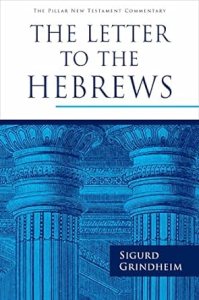



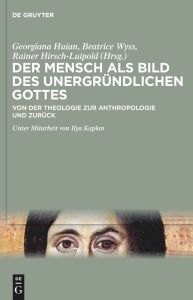
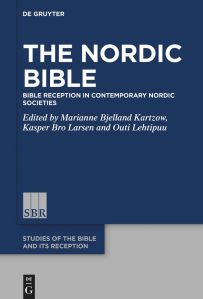


You must be logged in to post a comment.